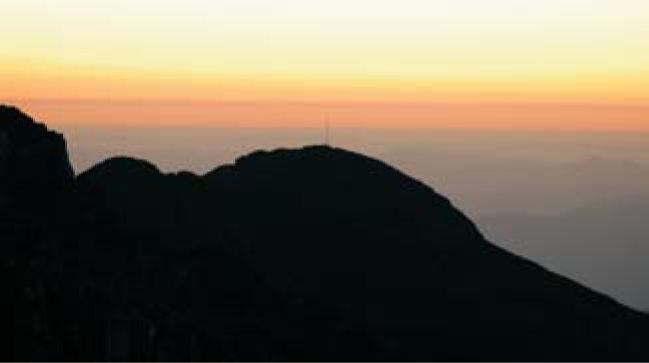Chilean site chosen for LSST
DOI: 10.1063/1.2337821
Cerro Pachón, in northern Chile, beat out Mexico’s San Pedro Mártir as the favored site for the Large Synoptic Survey Telescope, project leaders announced in May. If construction proceeds on schedule, ground will be broken in 2009 for the 8.4-meter LSST and first light will be in 2012.
The LSST “goes wide, fast, and deep,” says project director Anthony Tyson of the University of California, Davis. The telescope will scan the entire visible sky every three nights, detecting objects that change or move, such as supernovae, near-Earth asteroids down to 100 meters in diameter, and Kuiper belt objects. Other key areas of study will be dark matter and dark energy. For such studies, Tyson says, “you’d like to have knowledge of the Hubble constant as a function of redshift and of how dark matter is clumped over cosmic time. LSST has multiple probes of both.”
What makes the LSST unique, says Tyson, is its etendue, or throughput—the product of the telescope aperture and its field of view. “Ours is 320 m2 deg2,” he says. A similar but smaller project, PanSTARRS, under construction by the US Air Force in Hawaii and seen by many as a precursor to the LSST but also as a potential rival for funding and early observations, has an etendue of about 13 m2 deg2. Other existing and planned telescopes have etendues ranging from 2 to 50 m2 deg2, Tyson says.
The price tag for the LSST is expected to be around $300 million, including infrastructure, telescope, camera, software, and US-based data centers. That money is still being raised, mostly from US government agencies and private investors. So far, NASA is not pitching in, although the project would satisfy the agency’s congressional mandate to search for potentially Earth-threatening asteroids (see Physics Today, January 2003, page 19

El Peñón, on Cerro Pachón in Chile, is the selected site for the Large Synoptic Survey Telescope.
C. CLAVER, NOAO/LSST

More about the Authors
Toni Feder. tfeder@aip.org





